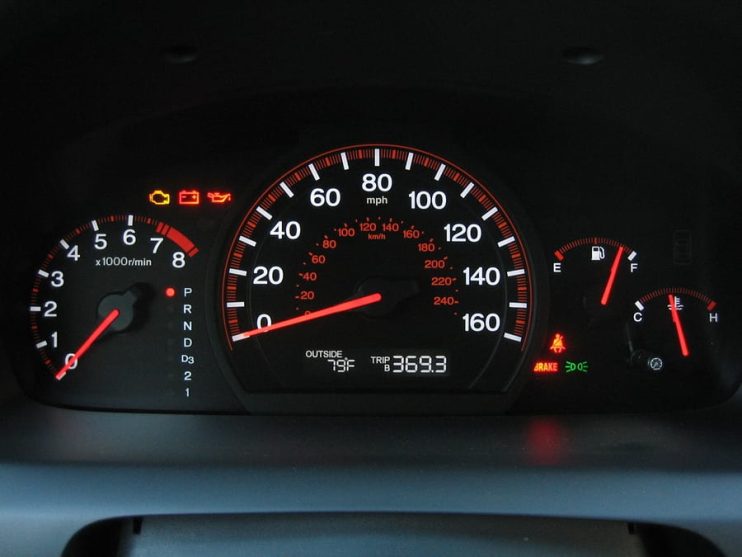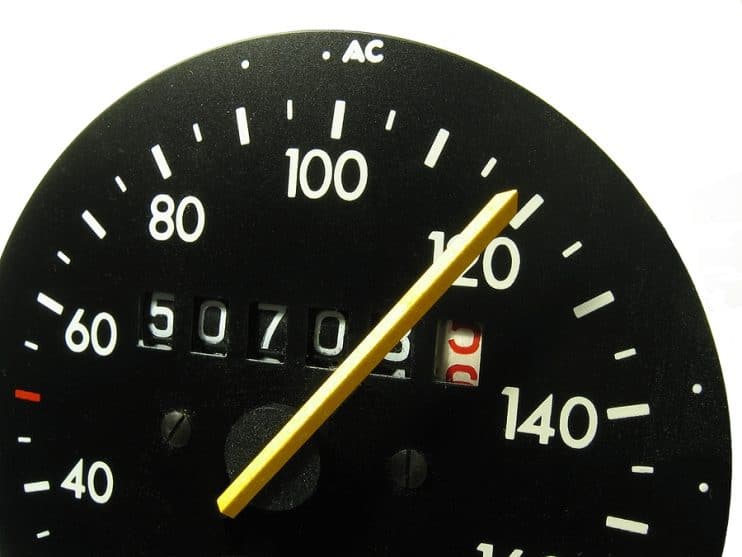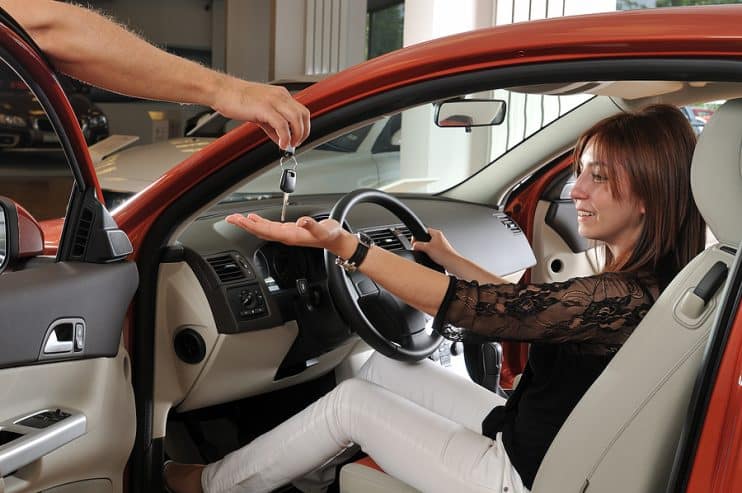
In days gone by sellers would rip off car buyers by winding back the mechanical odometer using a number of techniques. This is a process that’s more commonly known as clocking. In the past it would often leave tell-tale marks like screwdriver scratches on the dash or the numbers in the meter not quite lining up.
With the event of digital and electronic odometers, you might think that this practice has all but ended, but actually clocking is on the rise, and now with the range of electronic systems that can be used to alter mileage – it’s more prevalent than ever.
What can you do to make sure that you’re not a victim of this deceitful selling practice?
Table of contents:
- Why do people clock cars?
- Common methods of clocking
- Dangers of clocking
- How to identify clocked cars
- And finally
Why do people clock cars?
Clocking is usually carried out to boost the value of a car, and can be effectively used on newer cars to boost the value by thousands of pounds. Amongst less than reputable car sellers the techniques and technology to roll back clocks is big business, and with digital displays and computer hacking some argue it’s never been easier to clock vehicles. Sometimes this activity can be buried in the small print of the contract, to prevent the seller from being financially and legally liable.
However, it’s not only the next buyer of the car that might be at the wrong end of a sting. Sometimes people with pence per mile charges on a contract or a maximum mile agreement may look to avoid penalties for going over the agreed mileage allowances by winding back the clock. Naturally these vehicles may appear for resale on the market with the dealer having no idea that they are equally the victim of fraud.
So whilst you might think that older cars will be more prone to clocking than newer models, we’re actually seeing a rise in this practice as modern, computerised cars often don’t need a service in the first 3-4 years, so it’s likely there’s no record or history of the vehicle’s mileage.

Common methods of clocking
In the past it was more likely that clocking had been achieved by physically changing the positions of the wheels and numbers on the milometer. In recent times black market systems that are used to hack car CPUs, can reprogram the car to give a false readout. Some cars have prevention and alert devices, but as with everything that’s computerised, even these can bypassed.
However, often cars have different modules for the airbags, ABS and so on. Every time there is a problem with a system a snapshot is taken of the mileage and stored on this module. Unless the clocker is very skilled, there could be a situation where the mileage on modules and the overall mileage simply doesn’t add up.
It’s even possible for car owners and dealers to use third party services that can alter mileage data in all locations in a car’s system, even though there was an attempt to make this illegal in 2018 under EU law.
Dangers of clocking
One of the biggest dangers presented by clocking is the interruption of suggested service intervals and the estimated lifespan of parts. People change their car’s oil based on mileage or get the brakes checked out, and whilst there are other red flags that indicate problems, not everyone knows what symptoms come from which specific issues.
Additionally data is becoming more important in terms of road safety and accident analysis. If your car is involved in a big accident that could lead to a write off and it’s not your fault, having a compromised CPU on your vehicle could render your electronic evidence inadmissible at court.

How to identify clocked cars
Fortunately there are a number of steps you can take to ensure that you don’t get caught out with the clocked car scam. Use our list to stay vigilant and avoid being taken for a ride…
Check the service history
If you suspect that a car has been clocked then the first place to start is in the service history. You’re looking out for gaps and places where there’s little to no mileage increases. For instance if you have 20,000 miles going on for 3 years in a row then it drops to 1,000 miles this should get your radar working.
You can find out about a vehicle’s MOTs by checking online here. Alternatively call up garages recorded in the service history and previous owners to check that the statements in the service book run true. If you can’t find any reference documents, then there’s always another car you could look at buying. Don’t get caught up on one particular vehicle.
Simple inspection
High mileage cars tell their own story. Look at the tyres on any car and you can see how this is a record of its recent travels. One red flag sign is lots of stone chips on the outside of the car. On the inside it’s best to look for a saggy and used driver’s seat from all that sweat during those long journeys.
Test electrics
Remember we mentioned about those modules having their own systems? Clocking often causes them to glitch and malfunction. If there seems to be lots of different niggles that the seller tries to explain away then be suspicious. Additionally the electrics may well throw up full on errors such as dimming lights, and it’s worth checking out the trip computer too.

Driving Test
If you are thinking of buying a certain model, go out and test drive 2 to 3 other candidate cars. Get a feel for how different vehicles feel behind the wheel based on their age and mileage. Then if you’re feeling a sloppy gearbox, worn brakes and harsh, unforgivingly tired suspension in a car with under 10K miles on the clock then you can probably gauge whether or not this is an appropriate response from the vehicle.
Ask Questions
If problems with the service history and the mileage not matching up has not caused you to reject the car and you’re still unsure, simply ask the seller what’s going on? See what their response is and how difficult or aggressive they become. Additionally, if you’re buying from a seller and you find a strange mileage clause in the terms and conditions then make sure you clarify with the dealer what it means, and don’t take anything other than a straight response.
History Check
Whilst a vehicle history check will not guarantee whether or not a car has been clocked, if you avoid cheap online tests and go straight for the Cap HPI or MOT database instead, as you may be able to glean some helpful information. If your potential purchase is less than 3 years old it may not be worth it, as there’s no obligation on the owner to have the mileage recorded nor any official checks during this period, but for cars that are older these checks do give you all recorded mileage.
Stay Vigilant
Unscrupulous sellers might put the clock back after you drive the car and make the purchase, changing the number before they deliver the vehicle to your home. Make sure you get a record of the mileage by taking a photo of the dash, so you can protect yourself from being caught out by a seller trying it on.
And Finally
If you do find out your car has been clocked, don’t try to sell it on as this will make you equally complicit in a crime. Instead go to the trading standards office and report the seller. You will be entitled to a full refund under the 2006 fraud act and the seller will find themselves getting contacted by the law for a hefty fine.













.png)